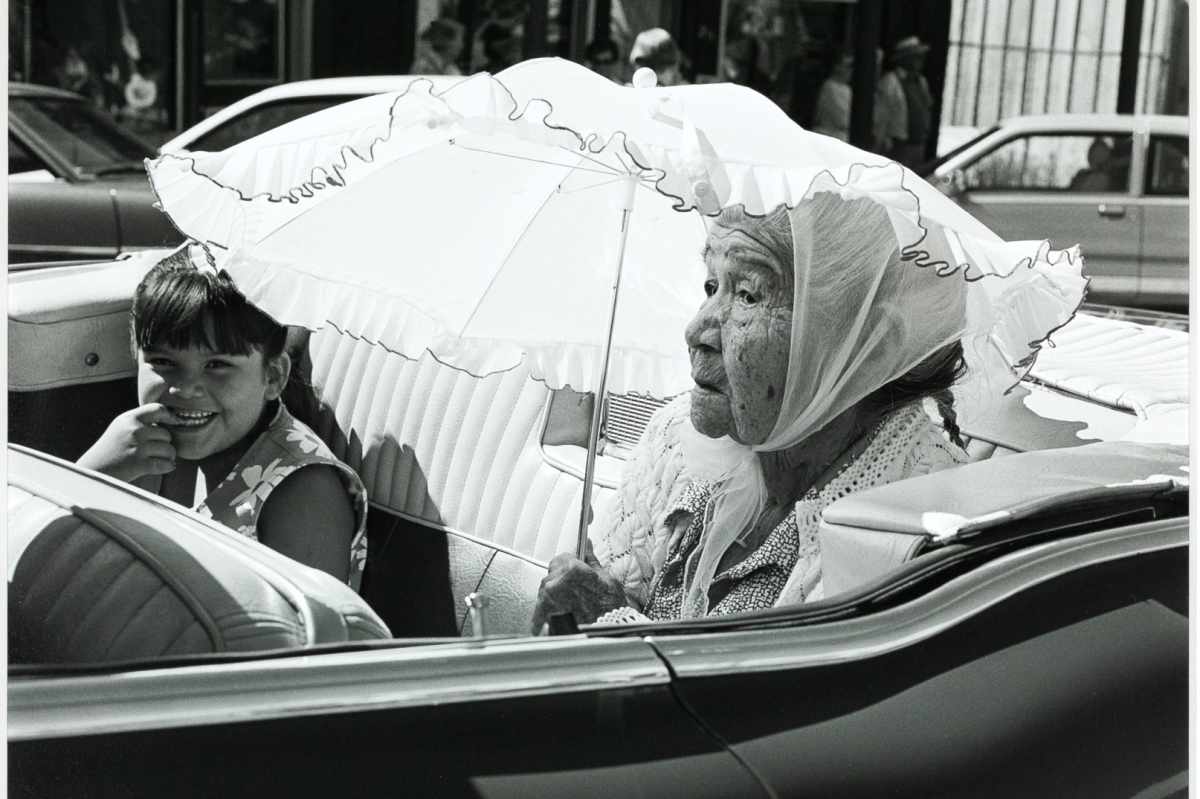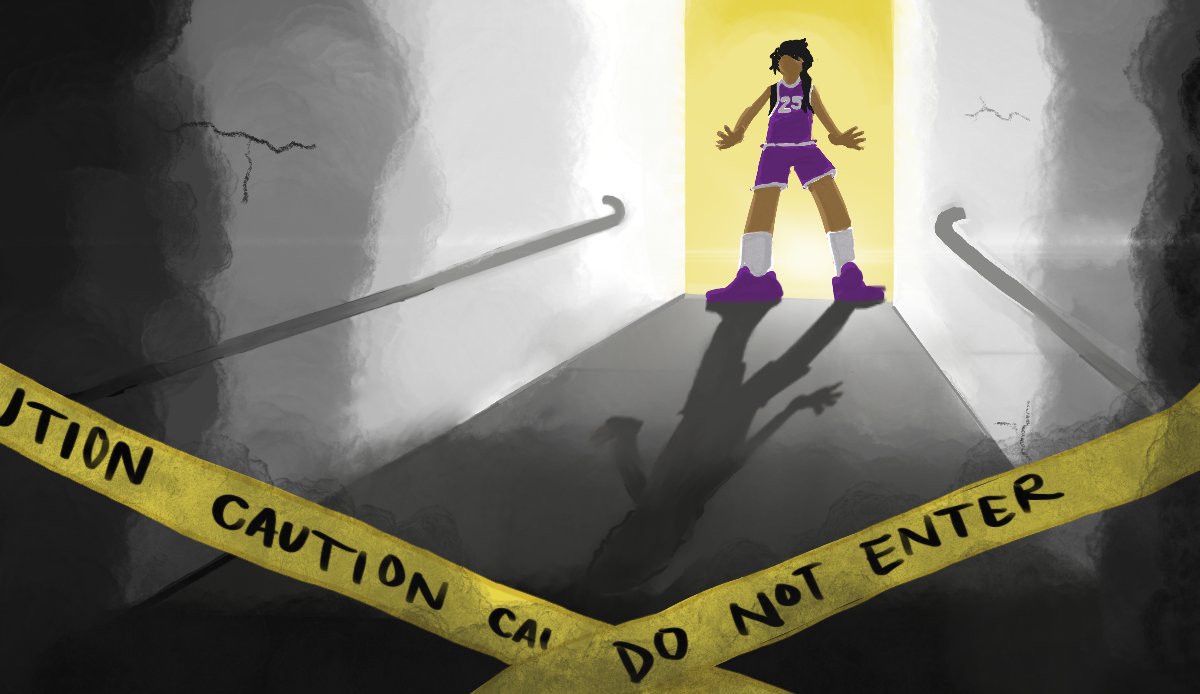Rise of realistic toy guns prompts Alameda County town hall on safety
 The East Oakland Youth Development Center was the site of the annual Town Hall Meeting presented Sept. 24 by the Alameda County Consumer Affairs Commission (ACCAC).
The East Oakland Youth Development Center was the site of the annual Town Hall Meeting presented Sept. 24 by the Alameda County Consumer Affairs Commission (ACCAC). Each year, the ACCAC chooses an issue that is important to the community and tries to bring citizen and experts together to discuss it. This year’s discussion centered on guns — more specifically, on the dangers of toy guns. It was titled “Weapons Like Toys” & “Toys Like Weapons”
The nation has been rocked by shootings of unarmed citizens by police officers. There have also been cases of children with toy guns being shot. Tamir Rice, Tyre King and Andrew Kennan were children who were shot and killed because they were playing with toy guns. This is a danger faced by many young men of color in East Oakland and around the country.
According to Marlene Hurd, chairperson of the ACCAC, it is an important issue that is affecting the East Oakland community. The Town Hall meeting was meant to be both informational and to bring about discussion that may produce some solutions.
Joseph Larkin, the moderator from the ACCAC, gave some startling facts about real and toy guns. These facts included statistics on the number of injuries caused by toy guns, current safety laws related to toy guns and gave an idea of the size of the industry. By 2012, annual sales of toy guns in the U.S. had reached $ 16 billion.
Real vs Toy
Deputy Chief Oliver Cunningham, representing the Oakland Police Department, brought an assortment of toy guns that had been collected by the OPD. These guns were not brightly colored hollow plastic squirt-gun like toys. All of these guns appeared real. Officer Cunningham explained that these guns were known as replicas. Most of them did fire some sort of projectile — BBs, pellets or darts.
He went on to explain that real guns have a lethal intent. Although the “toy” guns weren’t meant to be lethal, they were very dangerous both because of the damage they could cause and the damage caused when they were mistaken for real guns.
A federal law requires all toy guns to have an orange or yellow barrel tip. This law was meant to make toy guns easier to recognize. California and New York have stricter laws, which require additional striping on these toys.
Officer Cunningham explained that police officers, despite these safety precautions, cannot tell the difference between fake and real guns. Officers are instructed to treat all guns as if they were real. He explained that officers might mistake the different color tips as laser sights or that toy guns are often altered to look more real.
Cunningham said that things were even more complicated now because real guns were being manufactured in bright colors. “You can get a gun to match your lipstick,” he said. He told the group that in the last two weeks in East Oakland, there were four shootings. All of the firearms were pink.
Panelists and audience members reminisced about playing with cap guns as children, recalling “the first thing we did as kids was to paint the tips black (to make them look more real).” Others recounted enjoying the “authentic-looking weapons.”
Officer Cunningham brought up volunteers from “Men of Iron,” a group that provides youth mentoring and leadership training for young men, to pass around the toy guns. Many participants expressed surprise at just how realistic the guns seemed.
Everyone Together
After the presentation there was a question-and-answer session. Panelists and the audience brought their insights to the discussion.
Selena Wilson, vice president of the EOYDC, asked Officer Cunningham if the OPD gave officers specific training for speaking to youth. She explained how youth react to stressful situations differently than adults. When Officer Cunningham replied that there was no specific training for that, Wilson offered to set up a program.
One youth panelist told a story about her high school. She mentioned that a student had brought a gun to school and was using it to rob other students of their phones and electronics. She complained that the school did not notify anyone right away. She said the school was more concerned about its image. The students were in danger and no one even warned them what was going on.
Some of the ideas to help curb toy guns included training at home, school assemblies, banning toy guns, taxing toy guns and toy gun trade-ins.
Alameda County Supervisor Nate Miley was in favor of banning toy guns altogether, although he and others agreed this may not be an easy fight. Other ideas included fining youth caught with guns, but this idea was quickly dismissed because it would only create more tension between police and the community.
Practical Experience
Kevin Grant, a longtime resident of Oakland who now works with the city of Oakland and many other agencies as both motivational speaker and consultant, makes no secret of his past.
He has had experience on the streets and has been incarcerated. He uses his own experiences to help others. When he spoke to the kids in the audience they seemed to listen intently. He had been in their shoes and used language that they could understand.
He echoed the frustration of the youth panelist and said that those in charge could not empathize with the people they work for or represent. When the conversation turned to how many young men of color were being killed in East Oakland, he said, “They (the politicians) just don’t understand. It’s not happening to them. At least they’re not losing children all the time the same way we are in these streets.”
Ward Winklosky, from the Alameda County District Attorney’s Office, made a good point when he said that although he could speak at a school assemblies and be very animated and passionate, it would make a bigger impact coming from someone who had been in the shoes of the kids he was speaking to. He stressed that “credible” people like Grant need to make these presentations.
Grant also proposed that we take the campaigns against smoking as an example. Big tobacco had strong financial and political backers but smoking ads were pulled from television and banned from places that targeted children. “We have to make guns uncool,” Grant said. He mentioned videogames and other media that glamorize gun violence.
More communication
Toy gun trade-ins were a popular idea. The idea is to give kids electronics in exchange for turning in toy guns. Officer Cunningham thought this was a good idea and said, “It may even cut into the number of robberies.”
Grant and Darren White of the BART Police Citizen Review Board suggested paying for the kids ongoing cell phone bills if they kept up good grades and stayed out of trouble.
Everyone was working together trying to find solutions that would help the community. The Town Hall ended with a call to action. All of the ideas were listed and Larkin, the moderator, promised to write them up and have them available, so participants could pass along these valuable ideas.
Although these Town Hall Meetings are held only once a year Hurd said she would like to see them happen more often, maybe twice a year or more.

























